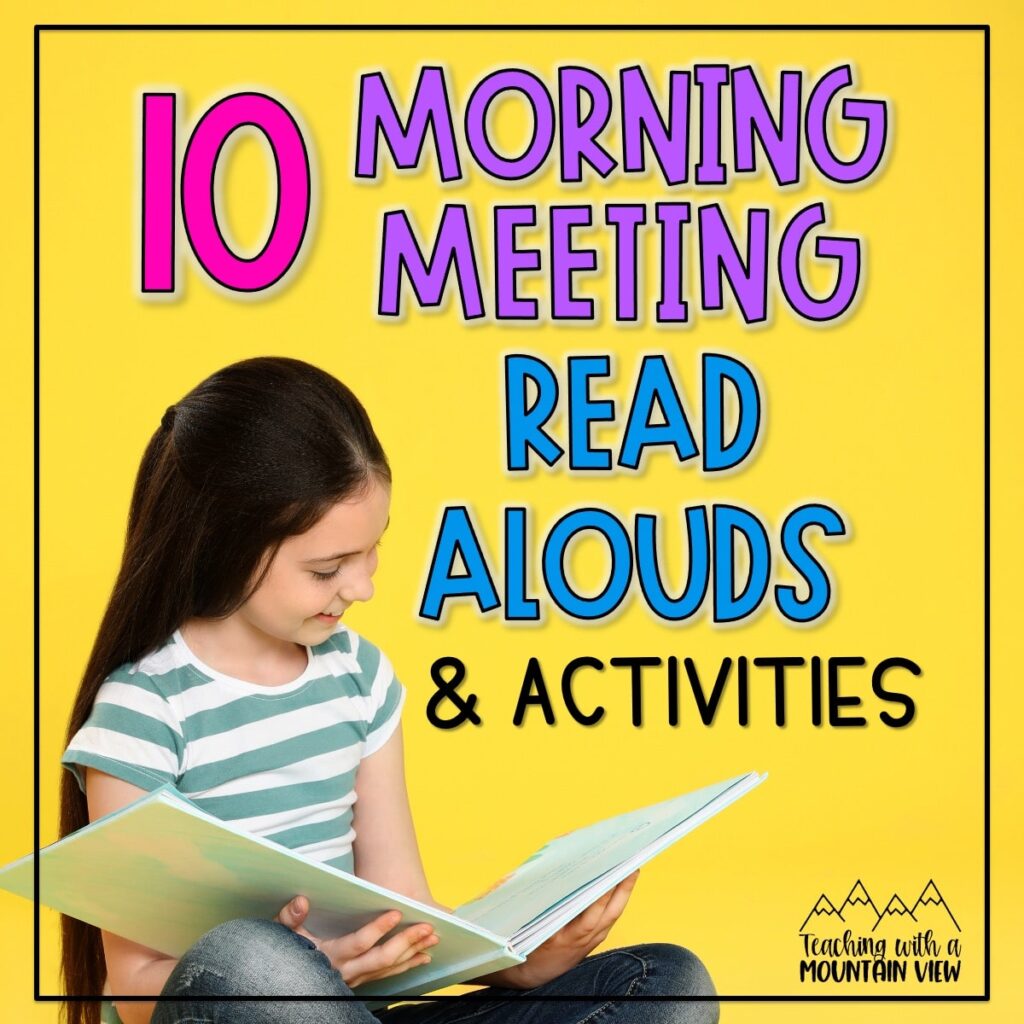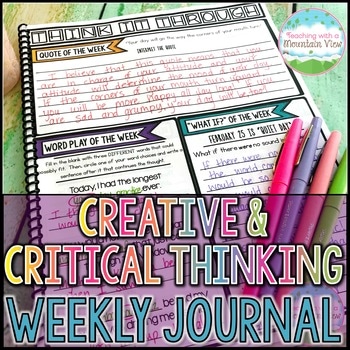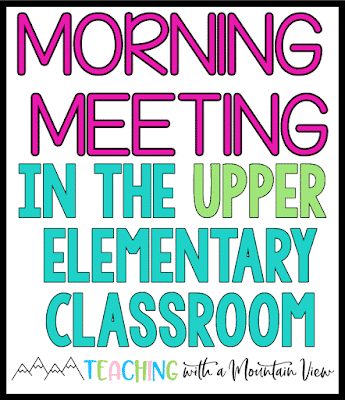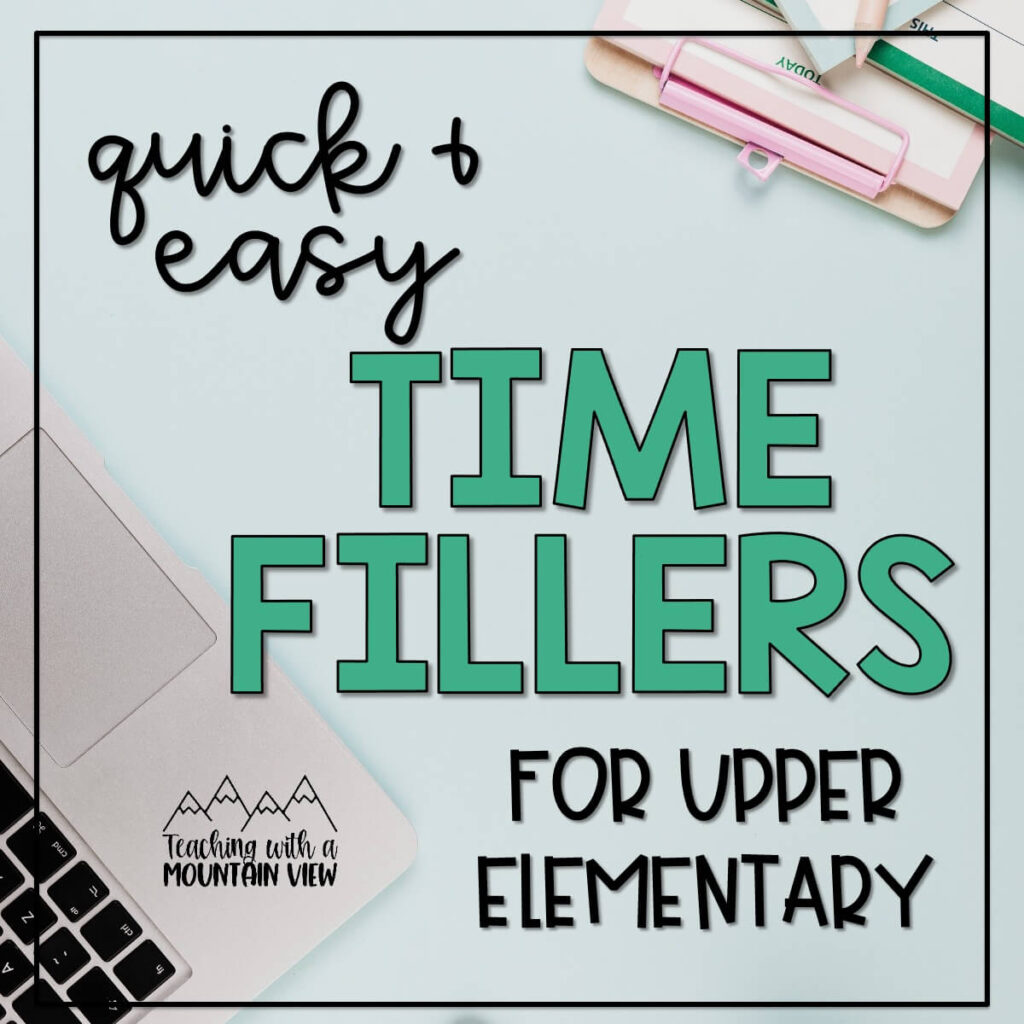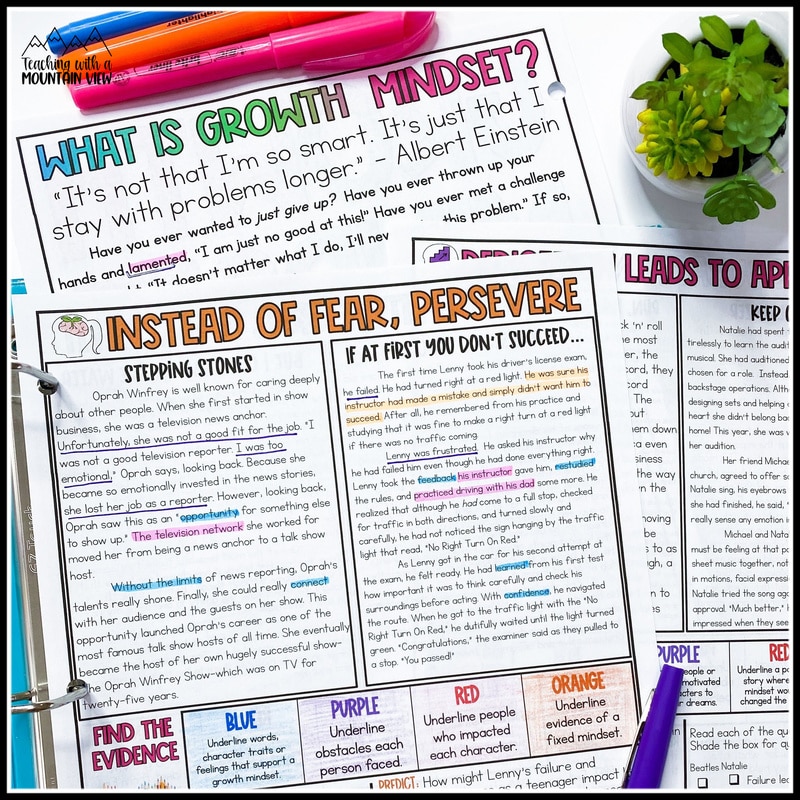Classroom Management Tips: Essential Daily Routines
By Mary Montero
Share This Post:
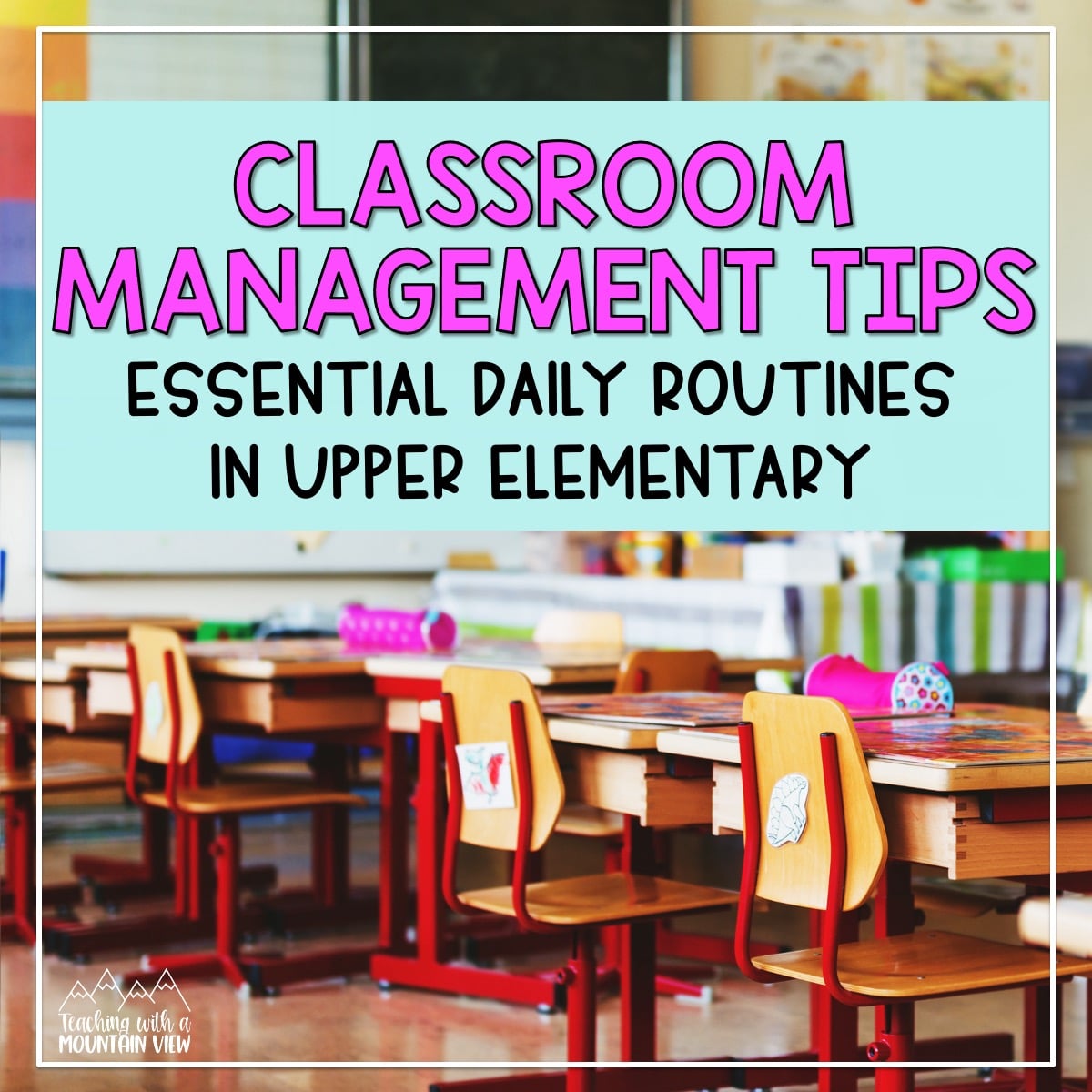
As you begin thinking about back to school, it’s likely that classroom routines and classroom management tips have been teaching topics on your mind. It doesn’t matter how long I’ve been teaching, I always reevaluate and improve my classroom routines each school year. I consider how I can make them better, build upon what has worked well, etc.
As teachers, we all know that having solid procedures in place makes the classroom a more productive place. When students know the essential daily routines, they can focus on academics instead. When classroom procedures are consistent, well-taught, and regularly reinforced, you can maximize your students’ engagement and self-regulation. Rules, routines, and procedures that contribute to a calm, orderly learning environment foster academic excellence because students feel safe and understand the expectations.
You can have lively discussions, play games, and even dance and sing in a well-managed classroom! Students just need to be aware of the schedule and trust you to hold the reins. Here are some of the easiest and most important daily routines to get your classroom right on track.
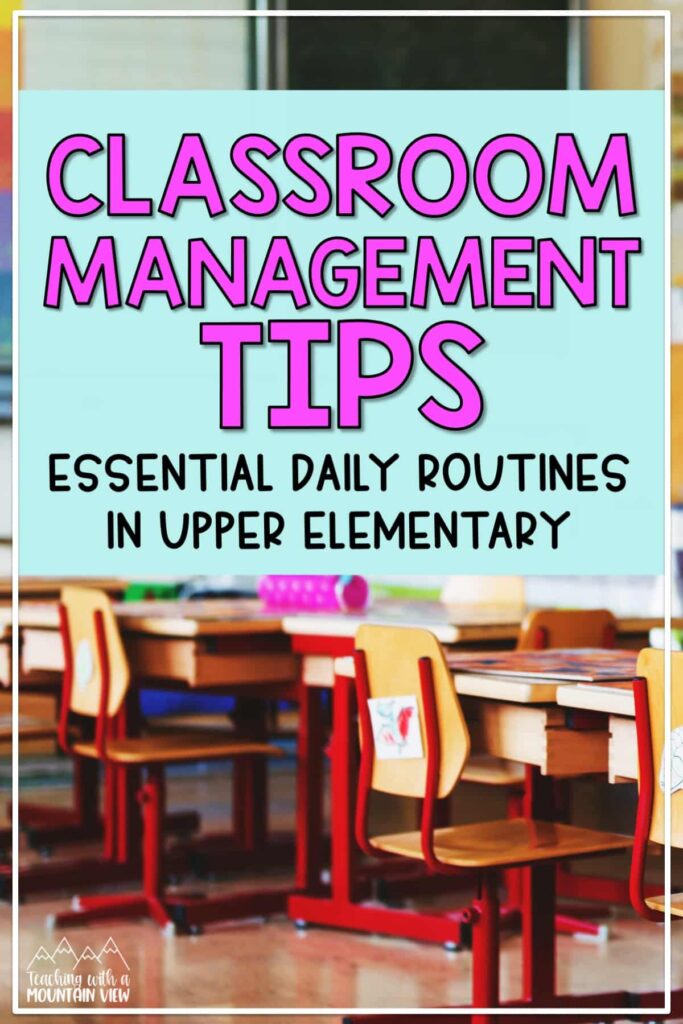
Morning Routines
My morning routine in my classroom is probably one of my favorites and a great way to start the day. I have found this to always be a successful time with students. It’s great for connecting with them at the start of the day and an easy way to spiral skills throughout the school year.
Before the students arrive, I post the daily schedule. Things tend to occur at the same time and on the same day of the week out of necessity – until they don’t. Small deviations in routine that may not seem important to you can really upset students’ sense of balance and order. Having the daily schedule posted clearly every day by the time the first students arrive gives them ample time to process any disruptions without feeling rushed. This is why I always have a short note on the board welcoming them, informing them of anything out of the ordinary going on that day, letting them know what supplies they need, and reminding them what to do for morning work.
When the students arrive, I start with handshakes. Every single morning, I stand at my door and greet every child as they enter. This is CRITICAL and helps you get a feel for how your students are that morning, gives them a chance to tell you anything that they need to, and to show you that tooth they lost the night before.
As I’m greeting each of my students, the students who have already entered are busy turning in permission slips, making lunch choices, and gathering their supplies for the day. This is also when I finalize attendance.
I have found that too much unstructured downtime in the morning can result in chaos. Nobody wants to start their day that way! For this reason, I’ve always implemented some sort of morning work or morning activity that students participate in first thing in the morning. Here are my favorite morning work options:
Soft Start
This works well if you take the time to implement it with firm expectations. I like to use STEM challenges and activities here and let students rotate through them. This can get a little bit louder than other options, but students enjoy the opportunity to create first thing in the morning.
Skill of the Day
Morning time is perfect for reviewing skills. I spiral in skills from reading, language, and math to keep students’ knowledge fresh. I use these skill of the day bundles with 40 weeks worth of weekly journals and quick checks. You can find it for third grade, fourth grade, and fifth grade.
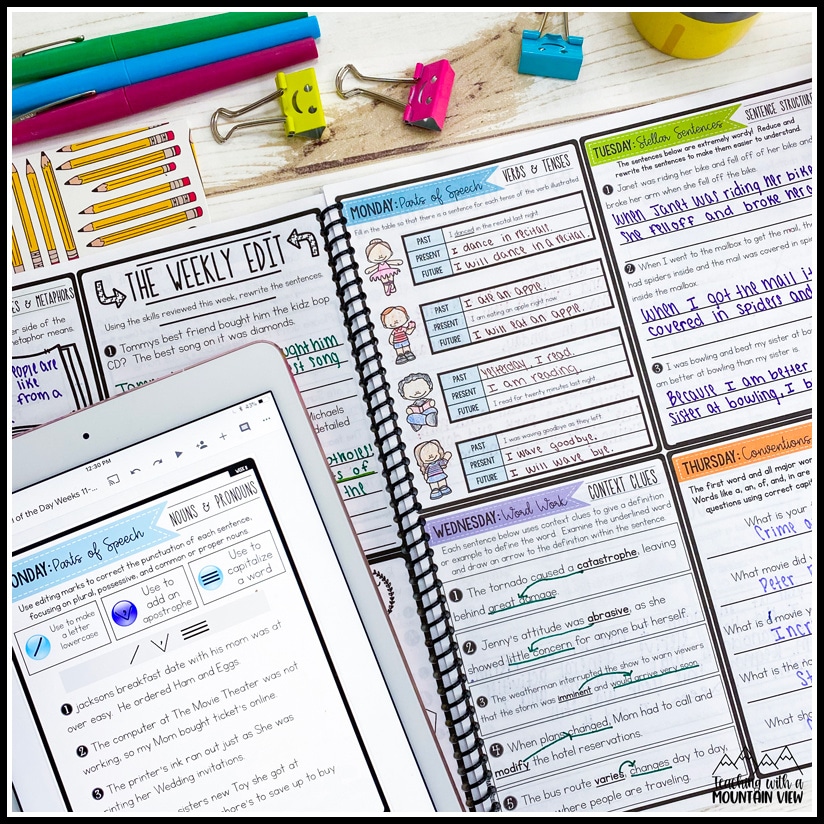

Picture Books
At least once a week, I like to do a read-aloud during morning meeting. Recently I shared this blog post with my favorite morning meeting read-alouds, along with easy activities to do with each!
Creative and Critical Thinking
Critical thinking is always a challenging skill, so I wanted to find a way to make it a part of my regular classroom instruction. I use this creative and critical thinking journal that includes 42 weeks of prompts. Some of the prompts are analyzing a prompt, reflecting on an event, and creating analogies.
Once all of our morning duties have been completed (You know the drill! Attendance, Lunch Count, Permission Slips, etc.), we gather for morning meeting. This consists of a greeting, activity, morning message, and sharing. This is when a lot of relationship and community building happen in my classroom – which we know are highly important to classroom management. I have another blog post here about how I set expectations for my morning meeting, including details about each element of the meeting.
Classroom Transitions
A key to classroom management that is easy to forget about is classroom transitions. This can easily turn to chaos and lots of wasted time if our students don’t have a clear routine and expectation.
You can make sure your classroom transitions are smooth by considering a few factors:
- Spending the first several weeks of the school year setting expectations for transitions
- Having supplies and materials ready for the next activity
- Giving students specific instructions on where or what to transition to
- Going over what you expect during a transition (voice level, body movement, etc)
- Stopping inefficient transitions and having students start them over
One of my favorite ways to challenge my students to transition effectively is by timing them! You can start this challenge at the beginning of the year when students are learning classroom routines, and repeat whenever necessary.
Select a student to be the timekeeper. After the transition, record how long it took for the transition to happen, start to finish. The challenge is that the next time students transition, they want to beat their previous time. Students love a good competition, so I always find this classroom hack motivates them. Be sure to focus in on ONE specific transition time throughout the day with this challenge (for example, when you transition from morning meeting to your first activity of the day).
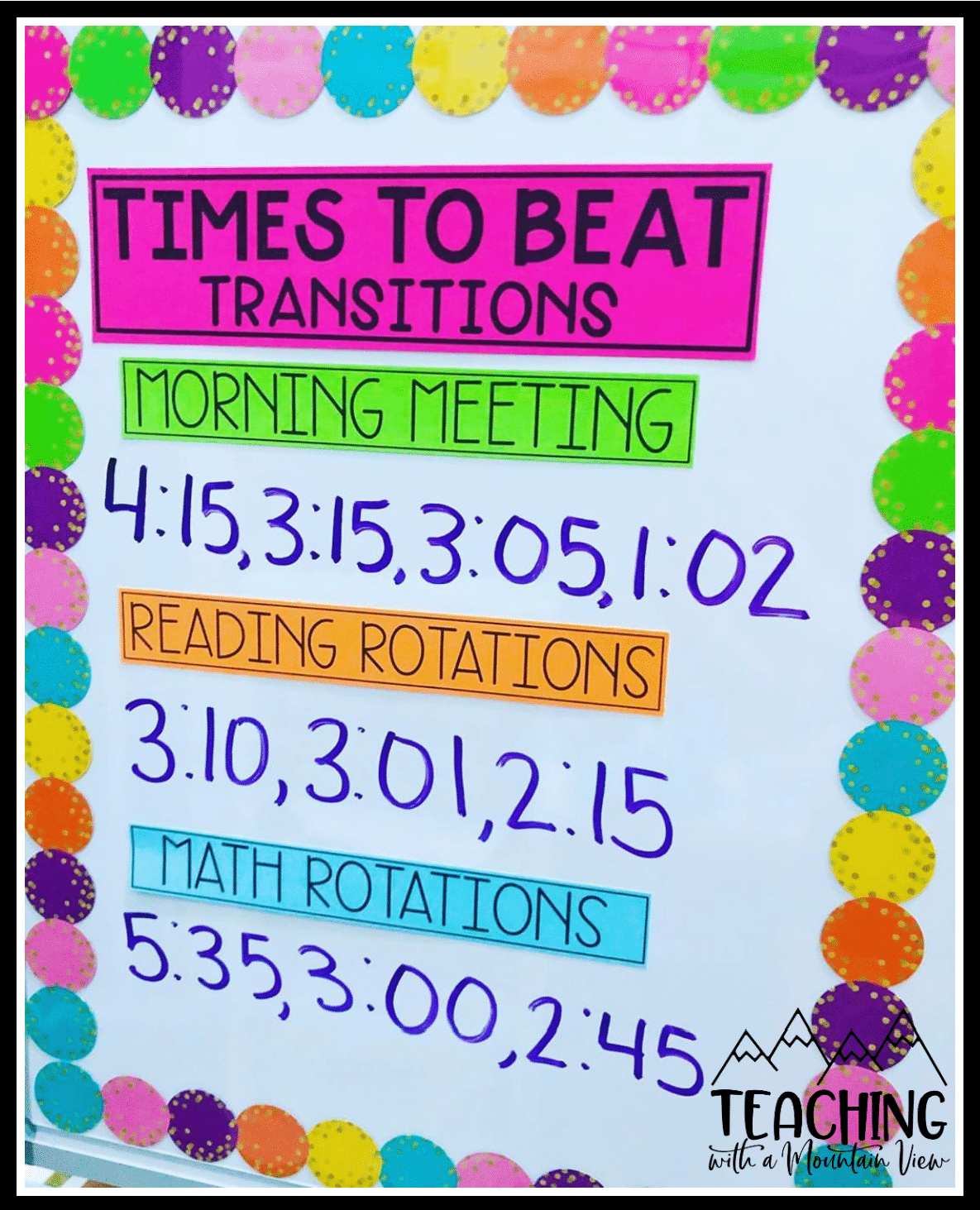
Planning for Down Time in the Classroom
Sometimes you plan the perfect lesson but end up with a few awkward minutes to fill. My first year teaching, I made the mistake of letting my students enjoy unstructured free time or relying on them just reading a book… which usually led to a headache for me and lost learning time for them.
Generally these unstructured times led to more classroom issues, such as students arguing, spending all their time searching for a book and no time reading (that’s a different issue altogether!) or the classroom becoming too loud. Since then, I’ve found some fun and educational activities to keep my students entertained during down time.
Brain Break Videos
I wrote an entire blog post just on my favorite videos for when I have a few extra minutes, but I also wanted to share a couple here. Two that always seem to mesmerize my students are amazing dominoes creations and Rube Goldberg machines (even as an adult, I find them pretty captivating, too!).
Early Finisher Activities
I was told early on in my career, “Always have spare activities for those early finishers.” That didn’t quite sink in until I met my cheetah-like students! Now, I always have meaningful challenges (NOT busy work) ready to go. These might be creative thinking prompts or “what if” questions for my students to answer. I made all these early finisher resources into a mega bundle, so you can use them, too. I always have my students set up an early finisher journal at the beginning of the year so they can keep track of which cards they have done and have a palace to do them.
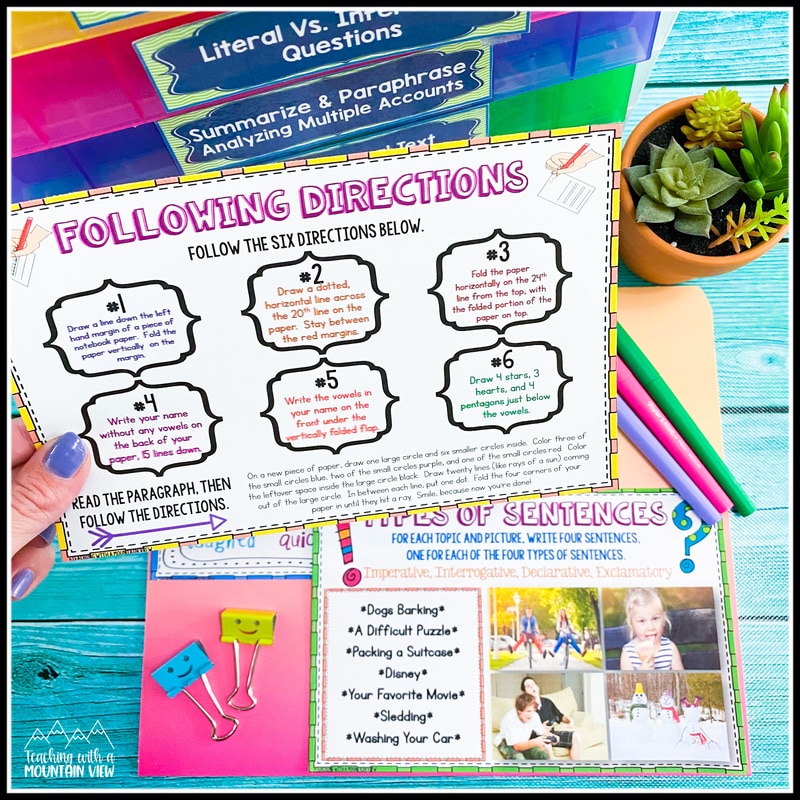
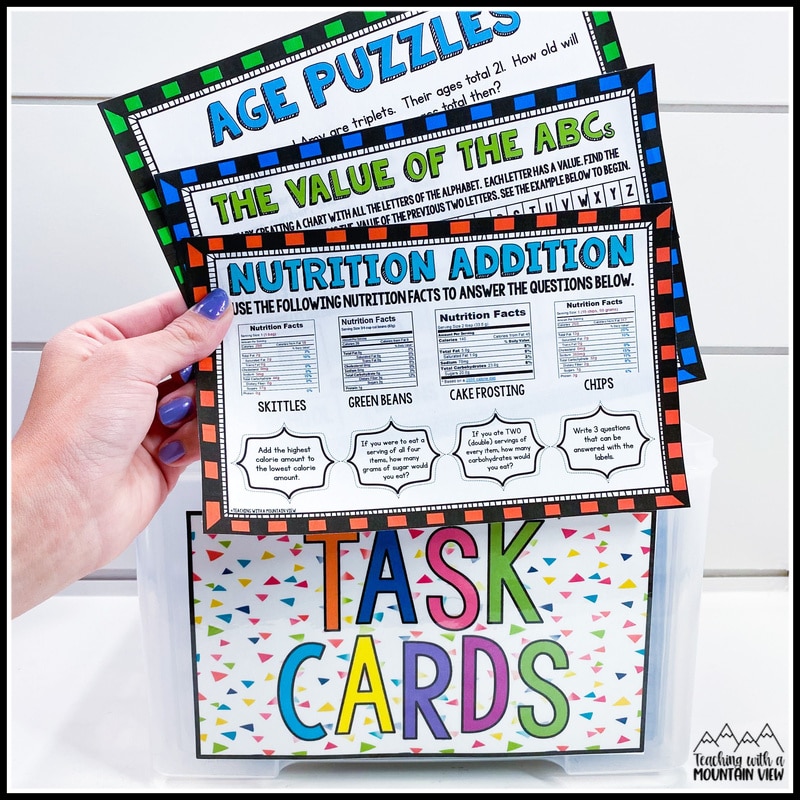
Educational Games
You can find a ton of games for students to play that are educational. Some of my favorites are Madlibs, Bananagrams, and Brain Quest cards. They won’t even realize they are learning 😉 Christi will add Amazon links
For more educational time filler ideas, check out this blog post..
Classroom Culture and Mindset
Growth mindset may be considered an educational buzzword by now, but I swear by it in my own classroom. I view growth mindset as a way to set high expectations for my students, and show them that they are capable of achieving, even when something seems challenging. I shared more about setting high classroom expectations in this blog post.
I start this conversation about mindset at the very beginning of the school year. We talk about the science behind our thinking and the brain research that supports the growth mindset. I initiate this conversation through my Growth Mindset paired passages journal. sages and has five paired passages with reflection questions.
It’s also a great time to use this growth mindset activity.
End of the Day Routines
When everyone is tired (including the teacher!) at the end of the day, classroom expectations seem to start slipping more easily. It’s understandable… we’ve all worked hard and are tired! I’ve found that having set procedures for this time keeps the chaos at bay, and gets us out the door efficiently and on a positive note.
Here are a few procedures to consider for the end of your day:
Cleaning Up
Having a dedicated place for supplies to go at the end of the day is a must. You can assign students to be responsible for cleaning certain items. For example, a table cleaner or supply organizers. Have a timer or song playing, and give students a specific time to complete their cleanup task. I always make this a completely SILENT task as they clean up so that it’s done efficiently and without too many diversions. This is especially important because I am usually doing something that they need to hear (see below).
Gathering Personal Belongings
Before students head out the door, they need to collect their backpacks, lunch boxes, school items, and so on. I like to have a procedure where I send students to grab their items in groups, so the cubbies aren’t crowded. Then, students gather on the carpet, where we are usually doing Brain Quest questions or a read aloud, depending on the year. This helps me see who needs help getting packed.
Dismissal
You will need to check with your school procedures on dismissal, but likely car riders, bus riders, and walkers need to go to different places. If so, make sure you help students understand where to go. You may want them to line up at the door by their dismissal type.
Share Your Routines With Us!
We have all observed teachers who really make running a smooth, well-managed classroom look effortless. These teachers will happily share their secrets, one of which will definitely be their method of implementing, practicing, and reinforcing essential daily routines. Be clear with your students about your expectations, and help them achieve proficiency in meeting them. They will reward you by exceeding those expectations and making your class an exemplary learning environment.
My best advice: think about how you want your class to run, and then don’t be afraid to adapt as the year goes on. What you thought might work, or what worked in the past, may not be effective for each new group of students.
We would love to hear your best tips too! Come share them with us in our FREE Inspired in Upper Elementary Facebook group.
More Back to School Resources
If you want more resources on building a solid classroom community this year or creating classroom traditions, check out this post with tons of ideas.
Looking for print-and-go lesson plans? This post details my first week of school activities!
Mary Montero
I’m so glad you are here. I’m a current gifted and talented teacher in a small town in Colorado, and I’ve been in education since 2009. My passion (other than my family and cookies) is for making teachers’ lives easier and classrooms more engaging.







